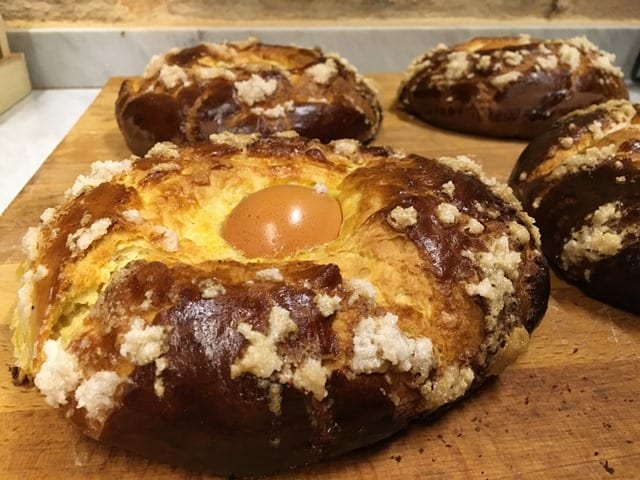We are already in full easter dates and each Spanish region prepares the traditional typical Easter sweets, those that sweeten the palates following the catholic custom of yesteryear. Religion established the penitential act of I do not eat meat and even fasting on the holiest days. However, with the passage of time that religious prohibition was lost. With her, this was not the case with respect to the sweet or sugary food that was consumed in substitution of meats. It was necessary to endure the whole day with sufficient energy, that provided by those delicacies. Do you want to know them?
Some typical Easter sweets by region
From generation to generation, families have followed the custom of making typical Easter sweets to consume them these days. Above all, by the participants in the morning and evening processions, since that is how they reduce and burn that high calorie intake. Of course, it is not a product to eat frequently because it does not fit into any healthy diet. Of course, the whims they are there. Do you fancy some French toast, fritters or monas?
Torrijas with all its variants
This is one of the most popular typical Easter sweets. The quintessential sweet could be said, since it can be made in many different ways. For tastes, French toast. A very simple dessert to get, because you only need milk, egg, sugar and bread. Given its popularity, you can already have it in any bar or restaurant throughout the year. At least the classic no more. Then there are multiple recipes with vermouth, red wine, the express and even a vegan. Yes, for the healthiest who want to indulge themselves but without changing their habits.

Mona Easter
Another well-known one that is eaten at the end of Lent and has a long tradition in the area Get the Funds!, especially. The bow is characterized by egg in the center that incorporates. Complements the muffin-style cooking, which can include a variety of ingredients depending on the region. To that of Murcia, for example, you add lemon and orange zest. It can also be prepared with buttercream and meringue.
Panburned and sleeping bread
With these funny names these are known typical Easter sweets, the first of the Valencian Community and the second one Teruel. Perhaps its origin is due to the fact that one was burned and another was roasted, the only certainty is that the first denomination does characterize the pancake. It is practically a easter mona but a little bigger and with touches according to each house, just like torrija. For its part, the sleeping bread is in the form of a pasta or biscuit and goes through several fermentations of hours to achieve the final result.

Lenten fritters
Formerly they were called 'frying pan fruits' and the most classic are those of Lent, as there are other fritters depending on the area of Spain. But those of these dates are flavored with wine white, citrus zest and grain anise. They are consumed throughout the peninsula, so each community adds its distinctive touch.
Southern pestiños
Typical dessert of Andalusia, Murcia or even Extremadura, although it is no longer south as such. It is a mass to which is added cinnamon, orange and sesame next to the sugar or miel, to choose this last ingredient. It is also bathed in white wine previously. Its origin could be Andalusian, as it is paired with la la shebbakiyya moroccan, which is characterized by its high energy value. It is consumed during Ramadan.
Borrachuelos, donuts and buns
The former are traditional Málaga and they are similar to pestinos, but they are more 'drunk'. That's right, they bathe quite a bit in wine with their interior stuffed with angel hair. Then the donuts They are more from Cádiz, of Arab origin and are obtained with the same ingredients as torrijas. Instead, buns Arcos de la Frontera (Cádiz) they are prepared with bakery dough and incorporate almonds.

Canutos, bartolillos and marañuelas
We finalize our particular recipe book of typical Easter sweets with a trip to the Spanish capital where the bartollos. They are triangular fried dumplings with a very thin dough, filled with pastry cream. Of Madrid to Castilian lands, we find the Canutos from Castilla-La Mancha. To obtain them, the same ingredients are used as donuts, but the difference lies in the pipes used to achieve the elongated shape. Hence its name. Finally, there are Asturian marañuelas, shaped like a spiral or four peaks.
With all these typical Easter sweetsYou are guaranteed to sweeten your palate and, of course, if you travel to one of the communities mentioned, try their traditional product.







